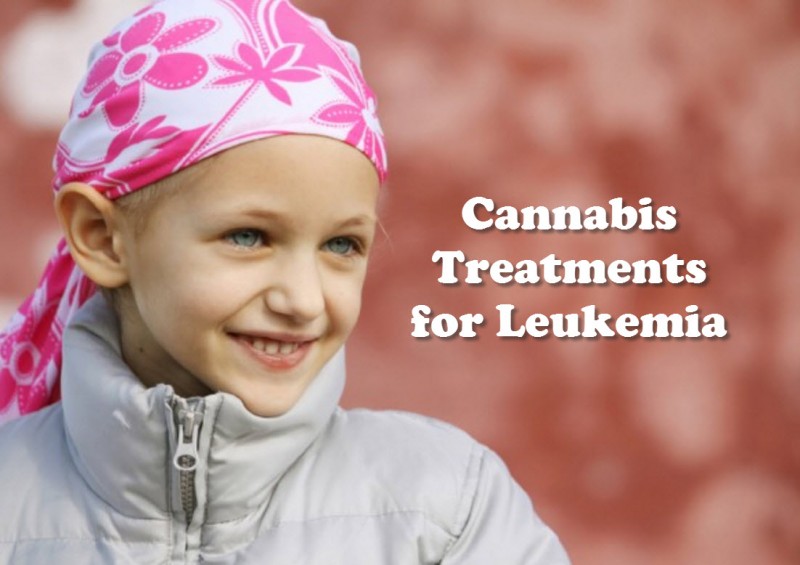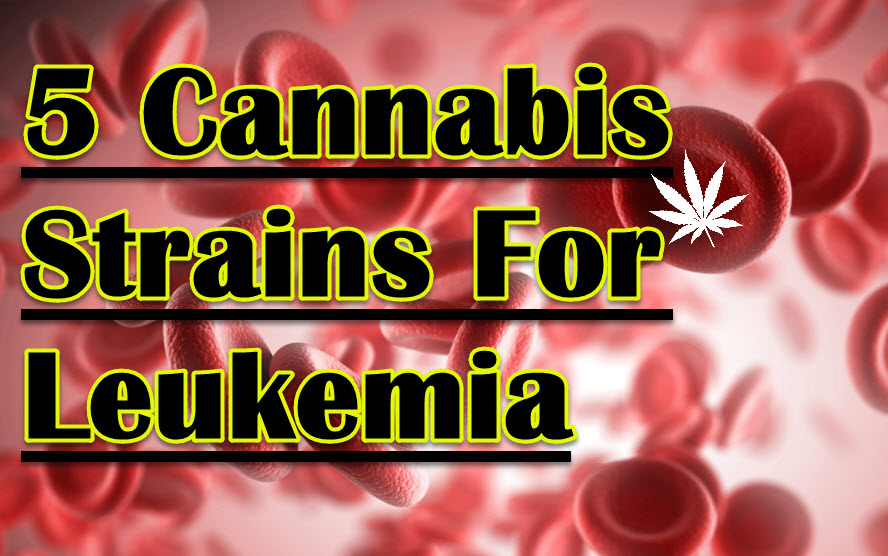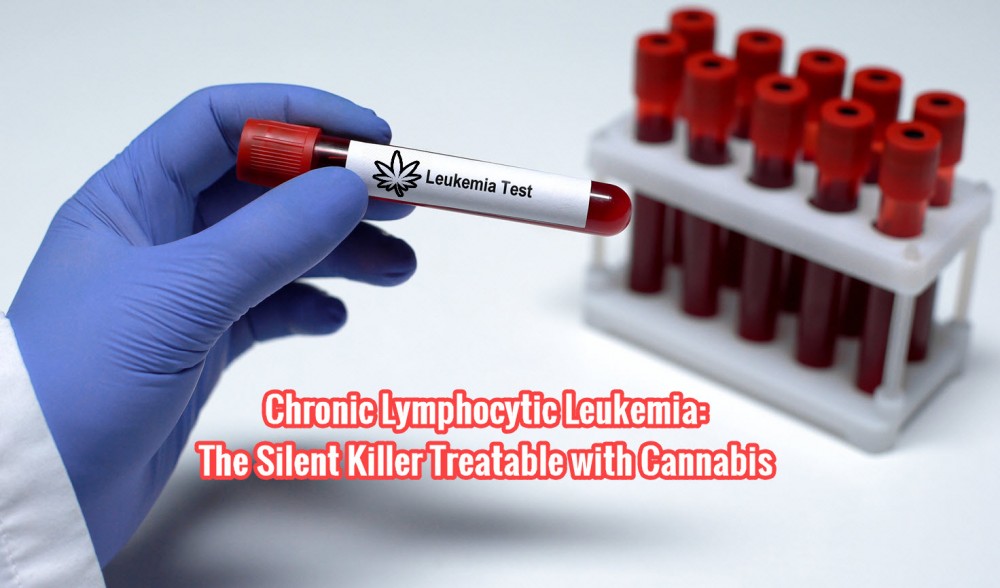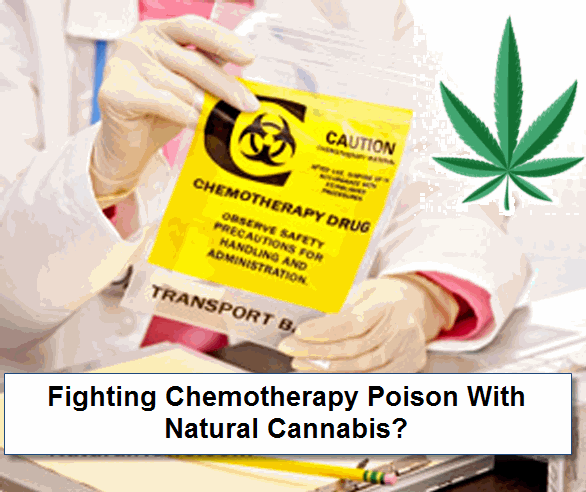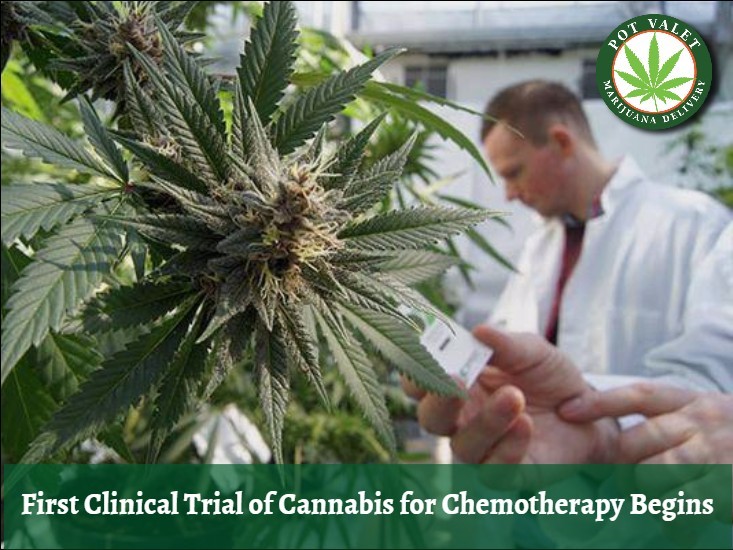Cannabis for Leukemia
Medical Marijuana and Leukemia Patients from CannabisNet on Vimeo.
Leukemia is form of cancer that affects the bone barrow or the blood, though it usually targets the white blood cells which play an important role in the immune system and warding off infections. Leukemia is an umbrella term used to describe a range of diseases; and it can be chronic or acute depending on how fast the disease is progressing as well as the kind of white blood cells affected.
Common symptoms of leukemia include fever, constant fatigue, chills, frequent infections, weight loss, recurrent nosebleeds, bone pain, small red spots in the skin, enlarged liver or spleen, and swollen lymph nodes. It’s estimated that 345,422 people live with leukemia in the United States, or are in remission. The most common form of treatment for leukemia is chemotherapy, although the options will vary depending on the patient’s age, health, and if the leukemia cells have reached the cerebrospinal fluid. Other forms of treatment may include invasive procedures such as radiation and biological therapy, stem cell treatment, and targeted therapy. Sometimes, a combination of these may be used. If the spleen is enlarged, it would have to be removed through surgery.
If a patient has an aggressive form of leukemia, they should be undergoing treatment immediately. However, the invasive forms of treatment and medicine will leave patients suffering from debilitating side effects. Common side effects of chemotherapy include nausea, vomiting, hair loss, loss of appetite, mouth sores, fatigue, easy bleeding, and increased risk of infection because of the reduction of white blood cells. Some adults who go through chemotherapy end up becoming infertile because the procedure damaged their ovaries or testes. Children may also develop infertility as adults depending on the dosage and drugs used to treat their leukemia.
How Cannabis Can Help
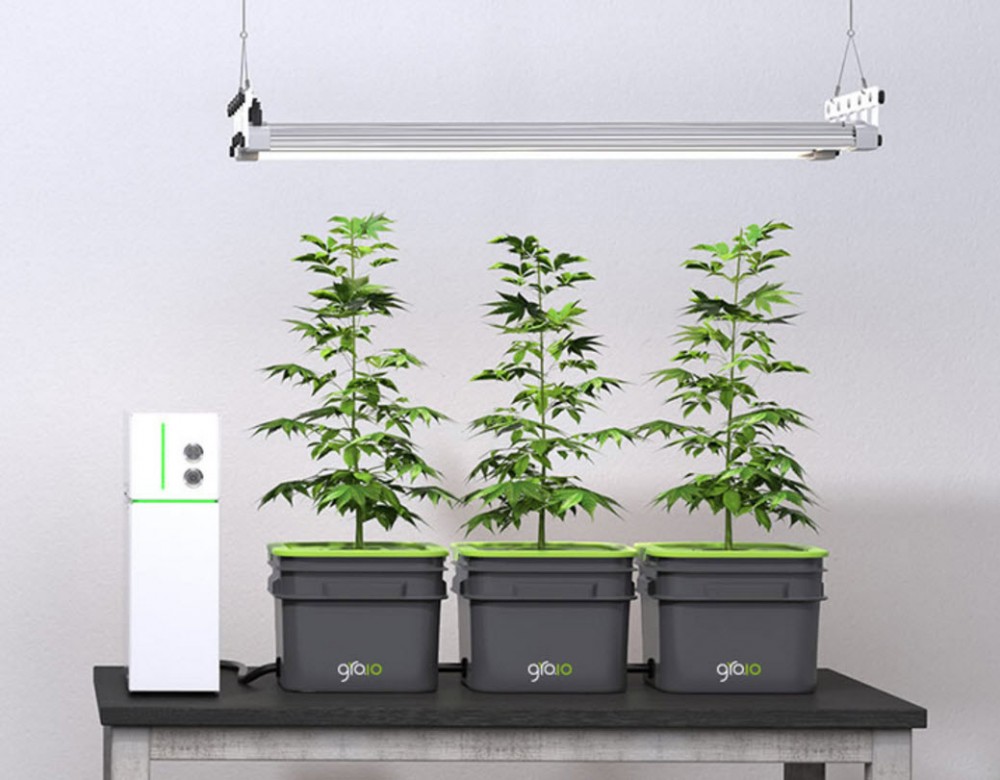
Cannabis can help treat many forms of cancer, include prostate, skin, lung, and many more; leukemia is also one of them. The health benefits of cannabis are traced back to the human endocannabinoid system, which is our own cannabinoid system. The cannabinoid receptors are found throughout the body, as well as the white blood cells.
One of the earliest research documenting the effect of cannabis on leukemia was published in 2002 by scientists in Virginia. The findings revealed that THC as well as the other cannabinoids were effective in causing apoptosis, or programmed cell death in human leukemia and lymphoma cells. The study also discovered that THC was effective in inhibiting the growth of lymphoma tumors in animal studies; in fact 25% of the mice were cured.
Another study from 2005, conducted by researchers in the UK revealed that THC was effective in as little as 6 hours after it was administered, and could already work to cause cell death in the 3 leukemia lines being studied. They also found that THC effects were exclusive from cannabinoid receptor activity, which leads us to think that the cancer-fighting properties of cannabinoids actually occur through not just one mechanism, but several.
Another study from 2008 revealed that THC can work by sensitizing leukemia cells to chemotherapy agents, which leads to better rates of cell death as compared to when each treatment was used individually.
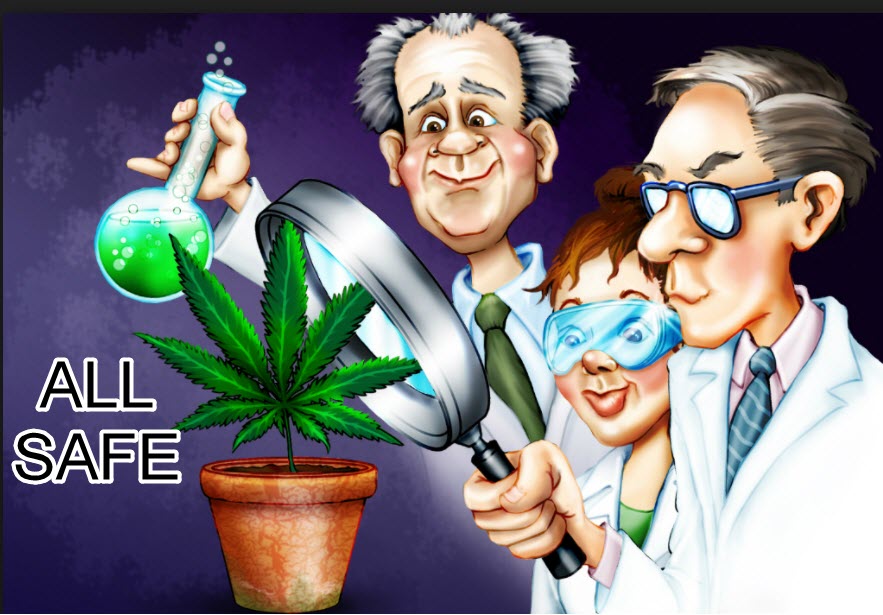
More recently, another study in 2013 sought to experiment with the non-psychoactive cannabinoids in marijuana in cancer cells, particularly cannabidiol (CBD) as well as cannabigerol (CBG) and cannabigevarin (CBGV). The researchers found that these cannabinoids were effective in slowing down the growth of leukemia cells throughout all phases of the cell cycle. The researchers observed even better results when the cannabinoids were administered altogether.
According to Dr. Wai Liu, Ph.D, the study’s lead author: “Used in combination with existing treatment, we could discover some highly effective strategies for tackling cancer. Significantly, these compounds are inexpensive to produce and making better use of their unique properties could result in much more cost effective anti-cancer drugs in future.” In short, he believes that cannabis-based medicines would be more cost-effective to produce, and if combined with existing treatments they would be more effective.
These finding are promising, especially considering that leukemia is extremely common in kids and teens. Almost 1 out of 3 cancers affecting this age group is leukemia.
Have you used cannabis to treat leukemia? Share your story with us in the comments below!
OTHER STORIES YOU MAY ENJOY..
CANNABIS STRAINS FOR LEUKEMIA, CLICK HERE...
OR...
LYMPHOCYTIC LEUKEMIA AND CANNABIS TREATMENTS, READ MORE.
OR...
CHEMO AND CANNABIS TREATMENTS, CLICK HERE.
